
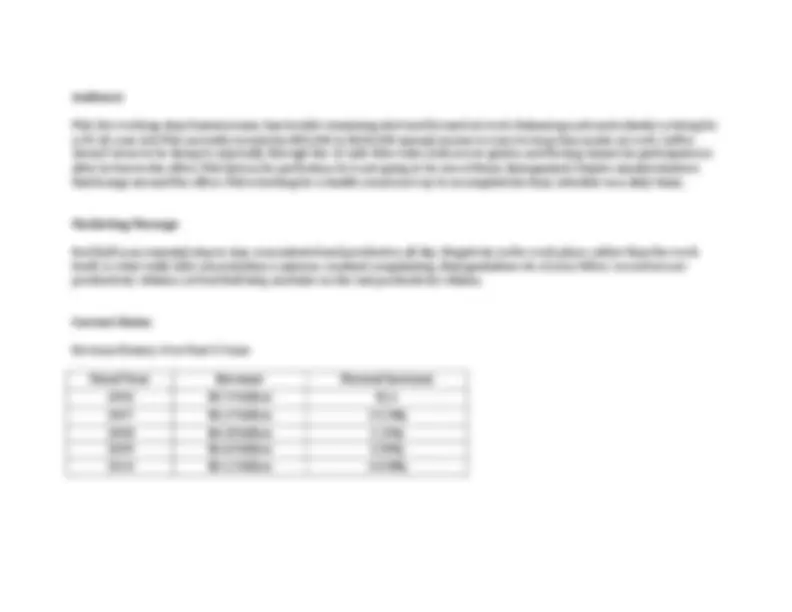
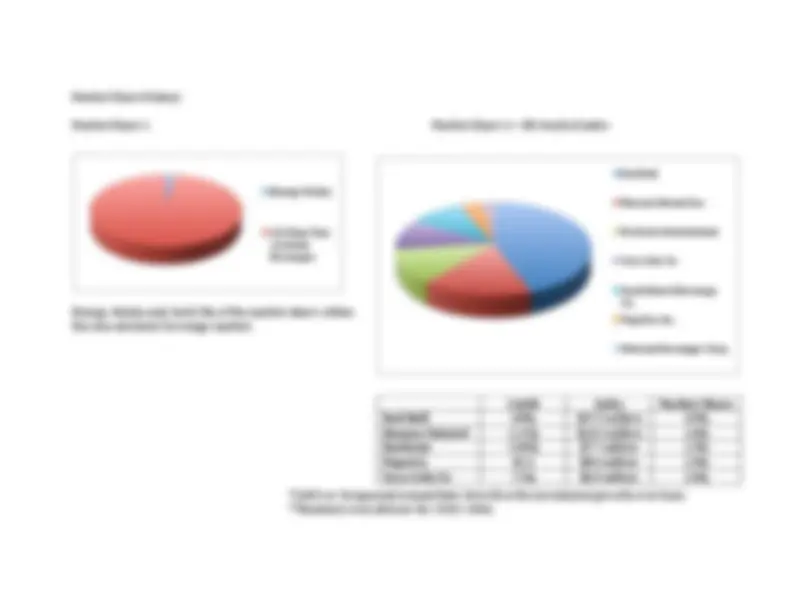
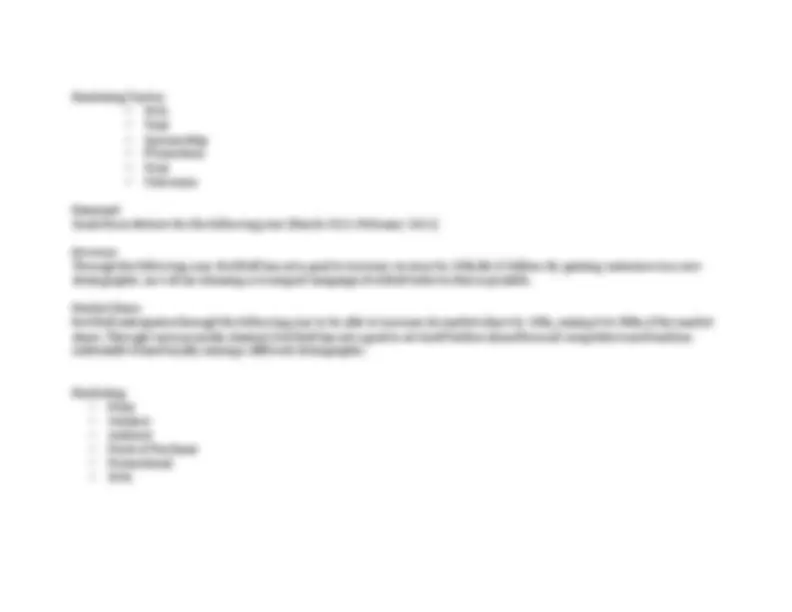
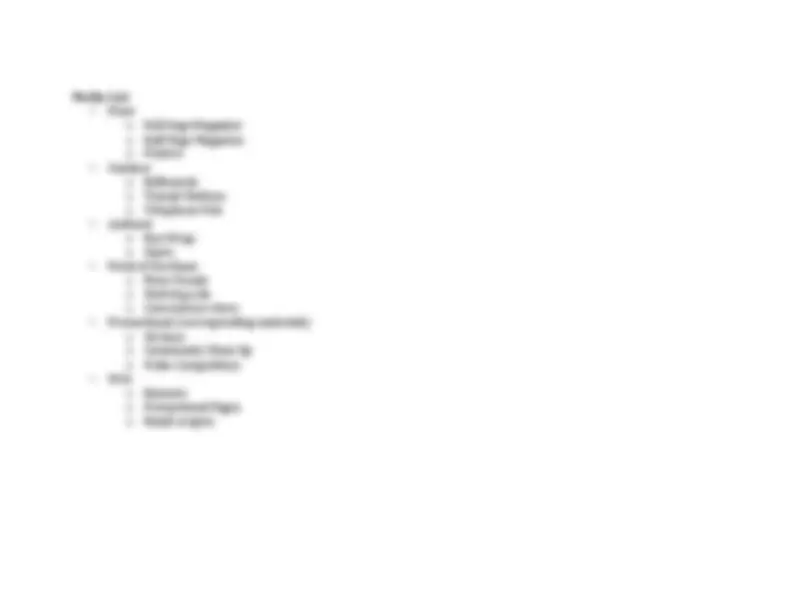
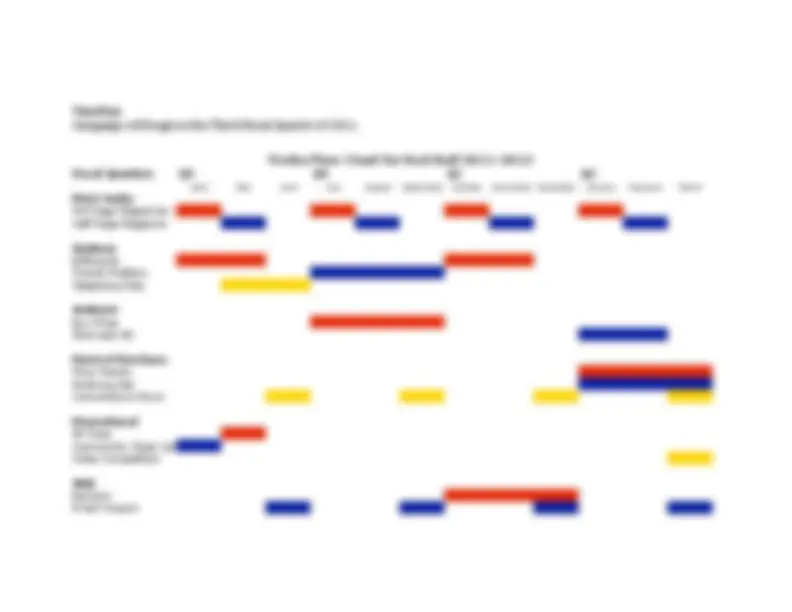
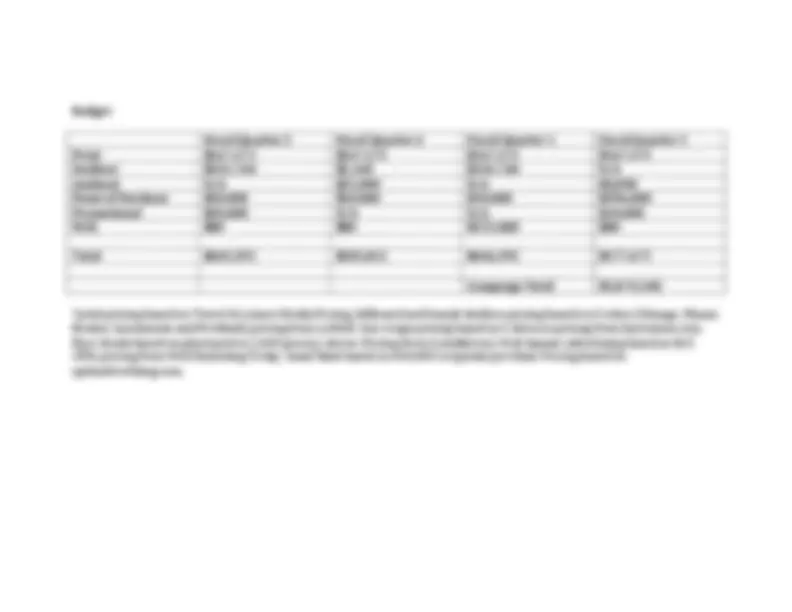


Study with the several resources on Docsity

Earn points by helping other students or get them with a premium plan


Prepare for your exams
Study with the several resources on Docsity

Earn points to download
Earn points by helping other students or get them with a premium plan
Community
Ask the community for help and clear up your study doubts
Discover the best universities in your country according to Docsity users
Free resources
Download our free guides on studying techniques, anxiety management strategies, and thesis advice from Docsity tutors
Red Bull can compete within the market share of soft drinks, non alcoholic drinks and energy drinks. The competitors are product lines of larger brands, ...
Typology: Summaries
1 / 11

This page cannot be seen from the preview
Don't miss anything!







Background In 1984 Mateschitz founded Red Bull. Red Bull Energy Drink was first sold on the Austrian market in 1987. Red Bull reached its first foreign markets in 1989 in Singapore and in 1992 in Hungary. In 2008 Red Bull created its own cola, Red Bull Simply Cola. It created a market segment unlike traditional colas, by using only 100% natural ingredients. In 2009, Red Bull extended its product line with Red Bull Energy Shots. Red Bull headquarters are based in Fuschl am See, near Salzburg Austria. Approximately 4 billion cans of Red Bull are consumed each year; the product is available in 160 countries. Marketing Goals
Market Share History Market Share 1 Market Share 2 —IRI‐tracked sales Energy drinks only hold 2% of the market share within the non‐alcoholic beverage market. *CARG or Compound Annual Rate Growth is the investment growth over time. **Numbers recorded are for 2002‐2006. Energy Drinks All Other Non‐ Alcoholic Beverages CAGR Sales Market Share Red Bull 48% $272 million 43% Hansen Natural 111% $102 million 16% Rockstar 106% $77 million 12% PepsiCo N/A $84 million 13% Coca Cola Co 71% $63 million 10% Red Bull Hansen Natural Inc. Rockstar International Coca Cola Co. South Beach Beverage Co. PepsiCo, Inc. National Beverages Corp.
Marketing Tactics
Media List
Budget Fiscal Quarter 3 Fiscal Quarter 4 Fiscal Quarter 1 Fiscal Quarter 2 Print $167,572 $167,572 $167,572 $167, Outdoor $245,740 $3,160 $243,740 N/A Ambient N/A $25,000 N/A $4, Point of Purchase $10,000 $10,000 $10,000 $396, Promotional $20,000 N/A N/A $10, Web $80 $80 $225,080 $ Total $443,392 $205,812 $646,392 $577, Campaign Total $1,873, *print pricing based on Travel & Leisure Media Pricing, billboard and transit shelters pricing based on 5 cities (Chicago, Miami, Boston, Sacramento and Portland) pricing from LAMAR, bus wraps pricing based in 5 cities on pricing from buyerzone.com, floor decals based on placement in 2,000 grocery stores. Pricing from (Lundstrom). Web banner advertising based on $ CPM, pricing from Web Marketing Today, email blast based on 600,000 recipients per blast. Pricing based on optinadvertising.com.
Sources: American Express Publishing Corporation. Rate Card: 2011 National Edition. 2010. 14th February 2011. Buyer Zome LLC. Buyer Zone. 2011. 14th February 2011. Casey, Matt. "Rockstar Gels with PepsiCo, Adds Products." 26th January 2010. Bevnet: The Beverage Industry's Source. 14th February 2011. eMarketing. Optin Services. 2011. 14th February 2011. Hansen Beverage Company. Hansen's Natural. 2011. 14th February 2011. Joshi, Mohit. "Red Bull's Growth Rate Halved in 2008." 4th February 2009. TopNews.in. 14th February 2011. LAMAR. LAMAR Outdoor. 2011. 14th February 2011. Lundstrom, Meg. "Raising the Roof with Floor Ads." 16th September 1999. Businessweek. 14th February 2011. Monster Beverage Co. Monster Energy. 2011. 14th February 2011. New Europe. "Buyers bullish on Red Bull, Sales Up." 25th February 2008. New Europe. 14th February 2010. Pickard, Brandon. "Amp Energy Drink Dangers." 2011. eHow. 14th February 2011. Rockstar Energy Drink. Rockstar Energy Drink. 2007. 14th February 2011. The Earth Times. "Red Bull's Revenue Jumps 15.8 Percent in 2010." 21st January 2011. Earth Times. 14th February 2011. Wilson, Dr. Ralph F. "Using Banner Ads to Promote Your Website." 31st March 2009. Web Marketing Today. 14th February